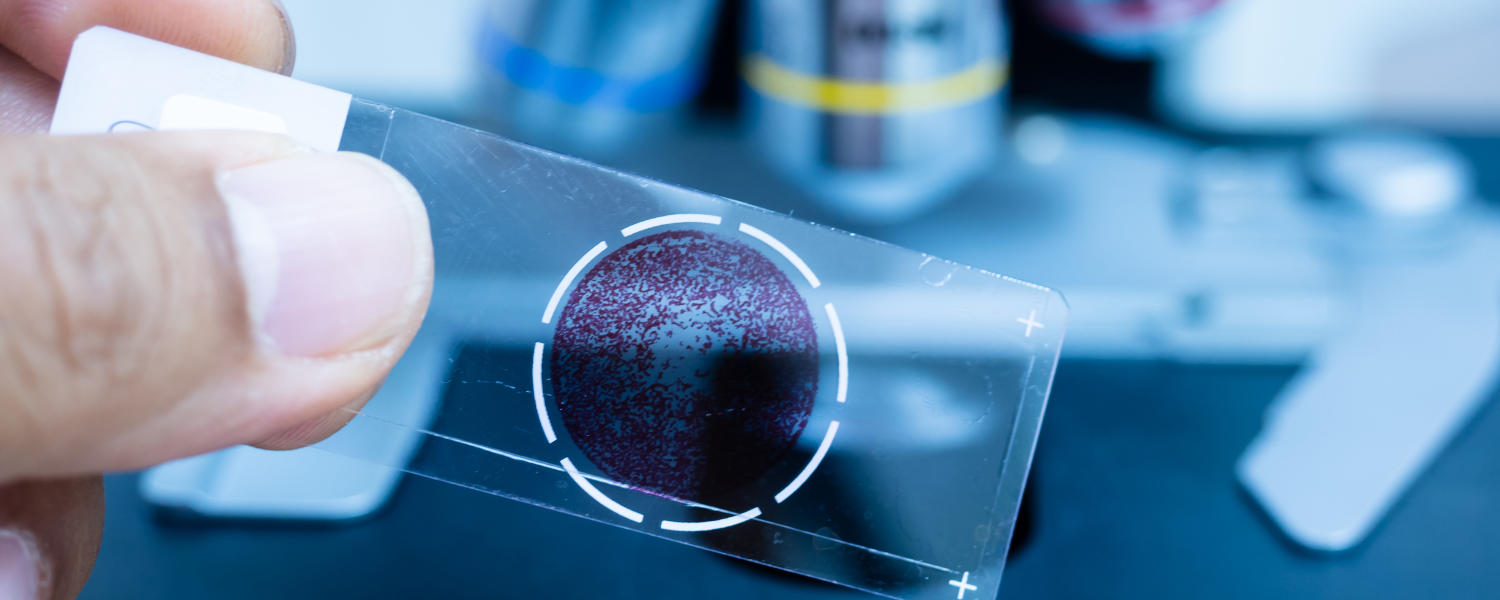
Specimen preparation guidelines
Please follow the sample preparation guidelines below for bacterial/cells in suspension and TEM samples. If you have questions about how to prepare different sample types, contact us.
Sample preparation guidelines: Bacteria/cells in suspension
- Start by filtering off coarse particles or debris from the suspension. Polycarbonate filters with pore size of 0.2um to 1 um are suitable.
- Bacteria/cells should be fixed using 2% to 4% glutaraldehyde in cacodylate buffer (we can provide you with the buffer if required) for a minimum of 30 minutes. The recommended fixative to sample ratio is 3:1.
- Post 1st fixation, samples may be fixed again in 1% osmium tetroxide for another 30 minutes (optional).
- The sample should be washed in increasing concentration of Ethanol, i.e. 30, 50, 70, 80, 90, and 100%, 10 minutes for each is sufficient. For solid samples, dehydration may be substituted with freeze drying if the solid part is able to tolerate the harsh condition of vacuum and low temperature.
- To avoid collapse of samples, it is recommended to use critical point drying using CO2 liquid for 1 hour. Alternatively, membrane filters can be transferred into hexamethyldisilane for 1 hour, and air dried overnight.
- The sample should be coated with Gold or platinum prior to imaging.
- Otherwise, similar dehydration technique mentioned in above may be used.
Sample Preparation for TEM:
For TEM samples, we can provide users with sample processing and microtomy. We do both thick and thin sectioning. We also provide users with the fixative (Gluteraldehyde) prior to their sample collection. Biological tissue samples must not exceed 3mm x 1mm in dimension. The recommended fixative to sample ratio is 4:1 or 3:1.
Biological samples should be put in fixative, immediately upon collection. Once in the fixative, samples may be dropped off with us at MIF, or kept at 4 degrees. Samples with fixative are stable for up to 6 months at 4-degrees Celsius.
